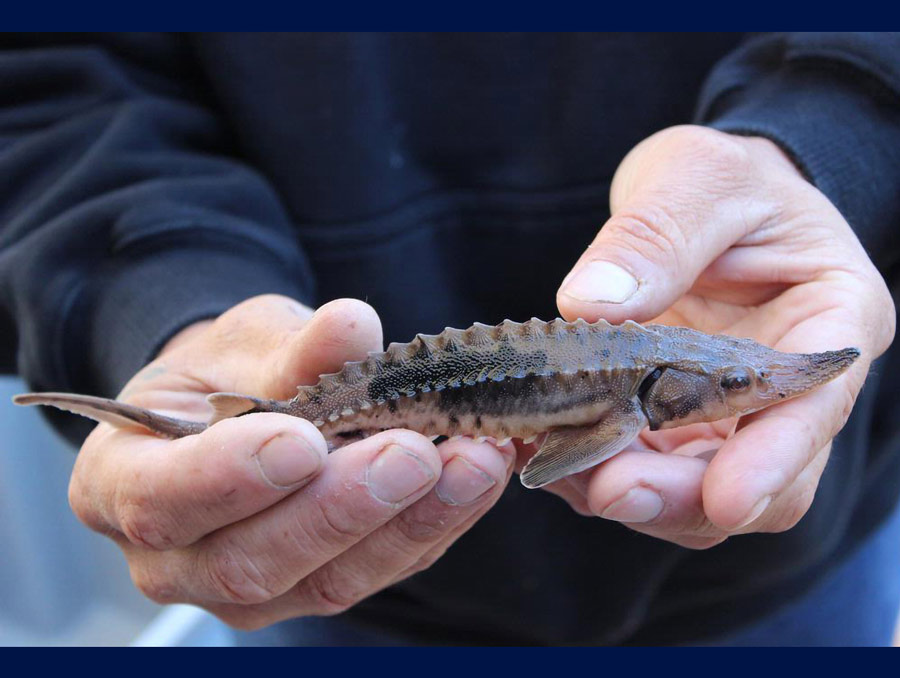Assistant professor of chemistry Ying Yang aims to establish a research program to develop new types of soft materials that can adjust their shapes and stiffness to adapt to the surrounding mechanical environment, similar to the mechanics of living cells and tissues. Her project is titled, “Mechano-Adaptive Polymers with Reversible Strain Stiffening and Softening via Active Control of Metal-Ligand Interactions.”
Yang was recently awarded a National Science Foundation (NSF) CAREER Award to pursue research in materials chemistry. The award is given to researchers who the NSF has identified with having the potential to be academic role models.
What is the goal of your CAREER project?
Living cells and tissues exhibit highly unusual mechanical properties compared to synthetic materials. They are strong enough to withstand substantial mechanical loads. Meanwhile, they actively adjust their stiffness and remodel in response to the changing mechanical environment. This unique strong but dynamic property is essential for cellular behaviors and tissue functionalities, such as growth and healing. This project is inspired by the “stiffening-softening” paradox of living cells. They stiffen under low strain, which protects cells from initial impact, and soften at high strain to prevent catastrophic fracture. Uniquely, these mechanical changes are fully reversible. Inspired by cell mechanics, we envision that imparting this mechanical reversibility of “stiffening-softening” to synthetic polymers will enable unprecedented mechano-adaptation and allow materials to actively adjust their shape and stiffness in response to the mechanical environment, becoming resistant to both low and high impacts. For example, the material will stiffen under low strains to resist the initial impact, soften at high strains to prevent catastrophic fracture, and recover their original forms upon load removal, just like living cells are able to. These properties have not been realized in synthetic polymers. As such, this project aims to develop polymer materials with tailored structures and molecular interactions to achieve similar mechanics.
What potential impact can the project have on society?
Synthetic polymers have become ubiquitous in modern life because of their superior strength and stability and their low cost. They are widely used as plastics, rubbers, coatings, adhesives, sealants, and more. However, comparatively, biomaterials like living cells exhibit unmatchable dynamics and complex mechanical behaviors. This has motivated material scientists and engineers for years to push the limit of synthetic polymers to approach the functionalities of biomaterials. The project will deliver a resilient material with shape and mechanical adaptation capabilities, with wide applications as structural and engineering materials. One can envision building a robot or a vehicle body with the material. The material would enable maneuvers through complex terrains by softening and shape adaptation to the confined surroundings and allow the device to rebuild after escaping the terrain. Thus, we give “lifelike” properties to traditionally “lifeless” materials.
The project will be integrated with strategic education and outreach plans centered on virtual reality (VR) demonstrations to engage a diverse group of students and promote polymer science education in Northern Nevada. The idea that the three-dimensional (3D) geometry of atoms, molecules, and interactions determines their function is an important concept in material chemistry. Traditional education conveys this 3D geometry in two-dimensional (2D) representations. For many students, interpreting 3D information from 2D images is very difficult and often demotivates students. Currently I am involved in an NSF-funded project lead by Pengbo Chu on using VR to improve mining education. Inspired by this project, I plan to develop VR programs to help students develop an initial understanding of the molecules and structures involved in materials they use on daily basis. Children of this generation love playing video games. Therefore, we hope that a VR-based outreach program will be more effective in engaging students’ interests in the STEM field by making the learning of difficult subjects less intimidating and more fun.
What impact will the research have in your discipline?
Applications of polymer-based materials are largely dictated by their mechanical properties. This study will expand the perspectives of how new mechanical properties can be created. We will focus on controlling how bonds are dissociated and reformed when mechanical force is applied. The mechanical dynamics of bonds play a major role in biological systems. Therefore, understanding mechanical dynamics of bonds in synthetic materials will have important implications for development of polymers with unprecedented mechanical behaviors and life-like sensing, signaling and morphing functionalities in future studies.
Last words…
I think the design of future materials should bear sustainability in mind. Polymer materials are being highly criticized for their poor recyclability, but they do not have to be. Our group is also working on new polymer materials that can be easily recycled back to the feedstock. We can build functionalities into these materials, so that future materials will not only be functional, but also inherently recyclable. I am really excited as the NSF support will allow us to pursue these ideas and build connections with our local community. This cannot be accomplished without the contributions from the students and postdoc in my lab, the wisdom from my colleagues and mentors and the support from my family and friends. I would also like to thank the Department of Chemistry, College of Science and University’s Office of Research & Innovation for their tremendous support.















